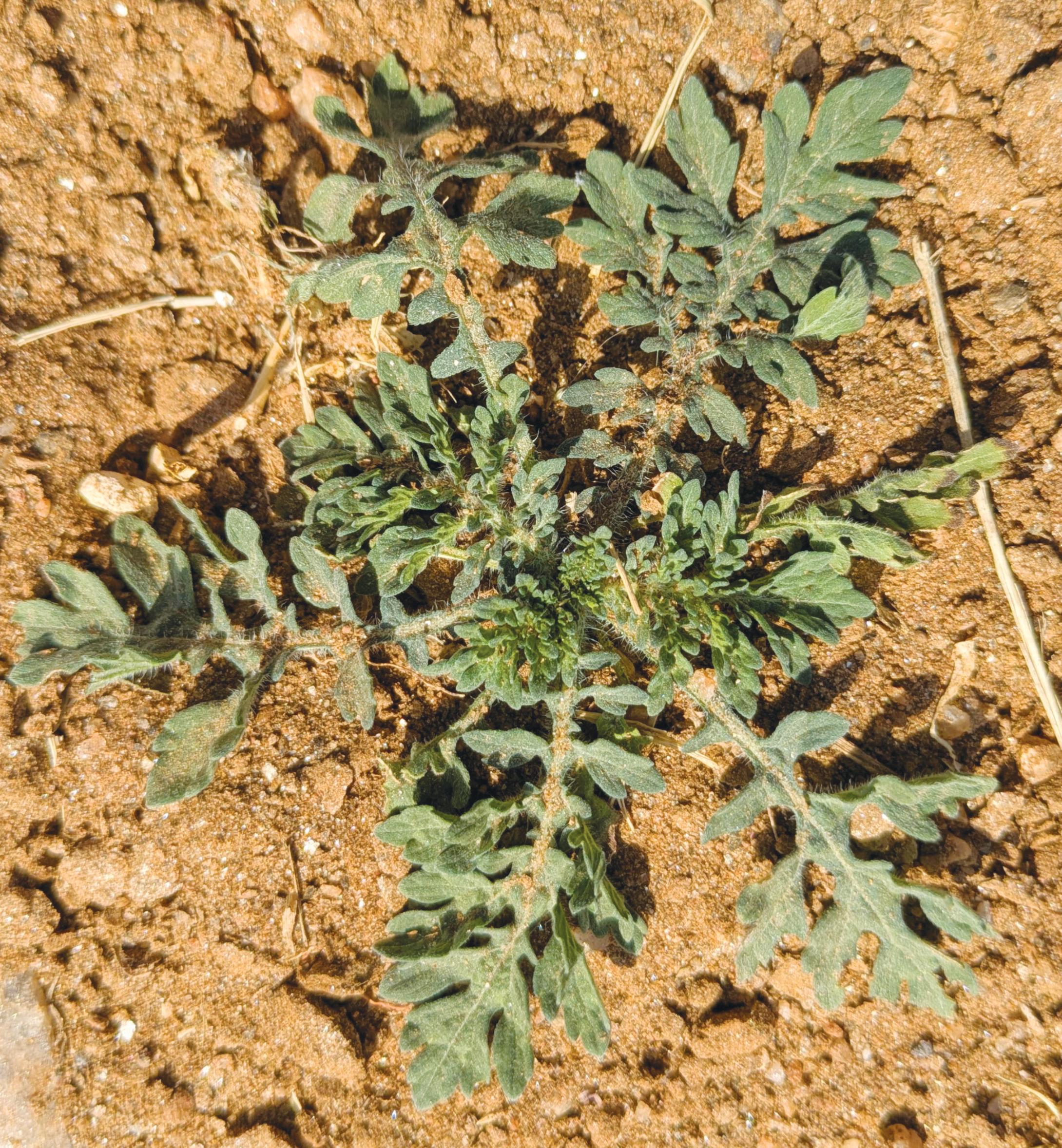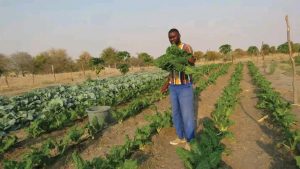
Namibia aims to turn oil and gas discoveries into regional prosperity
Namibia’s 3rd Oil and Gas Conference highlights opportunities from recent discoveries, aiming to turn 11 billion barrels of oil and vast gas reserves into regional

By Gunhild Voights
Gunhild Voigts, member of Cactus Clean-Up Namibia, is helping to lead a quiet but urgent campaign against one of the most dangerous botanical threats facing the country. Driven by a fierce commitment to protecting biodiversity, she and other concerned Namibians are sounding the alarm over Parthenium Hysterophorus – known commonly as Famine Weed.
This innocuous-looking plant, a daisy native to the Caribbean and the Americas, has already invaded over 30 countries across Africa, Asia and Australasia. Now, it is appearing in Namibia, where it poses a serious risk to ecosystems, agriculture, livestock and human health.
“People don’t recognise it. It looks so harmless,” Voigts explains. “But famine weeds are devastating. With an extremely short lifecycle and huge seed production, it’s almost impossible to control if not intercepted in good time.”
True to its ominous name, famine weed is an invasive species which Namibia has never encountered before. This unfamiliarity means that the general public remains unaware of the danger, but the consequences of inaction are severe. Famine weed thrives on disturbed, overgrazed land – often where farmers are already struggling. It can cause allergies in humans and animals, outcompete indigenous plants and leave soil chemically altered through its allelopathic properties, making it impossible for native species to grow.
One of the plant’s greatest threats lies in its rapid life cycle. The period from seedling to flowering takes as little as two weeks. If not removed in time, each plant can release thousands of seeds. That is why early detection and swift removal are absolutely essential. Voigts shares a clear message: “Rather remove one local weed by mistake than leave one famine weed behind.”
After germination, famine weed first appears as a rosette of lobed leaves before sending up thin stems with small white flowers. These flowers have been poetically described as resembling “half-carat diamonds set in five claws”, an elegant image for such a destructive force.
The best response is manual removal. Pull the plant out entirely by the roots before flowering occurs. Gloves and long sleeves are advised, as skin contact can cause irritation. If flowering has already begun, masks should be worn to avoid inhaling the allergenic pollen. Do not shake the plants, as this can spread pollen and seeds and all removed material must be safely burned.
Chemical and biological controls should only be used where hand removal is impossible. These methods can leave harmful residues and do not always destroy the plant entirely.
Beyond the environmental impact, famine weed’s spread also threatens food security and rural livelihoods. In severely infested areas, farmers may be forced to abandon crops and grazing land. Livestock may develop allergic reactions or lose access to grazing altogether. As the climate changes and land degradation worsens, the famine weed could compound existing challenges and further marginalise vulnerable communities.
Famine weed is spreading fast. Most tropical and sub-tropical regions in Africa are now at risk. Even the drier parts of South Africa are not immune. Namibia still has a window to act, but it is closing.
Famine weed may seem small, but its impact is immense. With vigilance, awareness and coordinated action, Namibians can still stop its spread before it takes over. The time to act is now.

Namibia’s 3rd Oil and Gas Conference highlights opportunities from recent discoveries, aiming to turn 11 billion barrels of oil and vast gas reserves into regional

Namibia relaunches the RightStart Early Childhood Development Programme to boost early learning, child nutrition, birth registration and family support, ensuring every child has the right

Namibian artist Fillipus Sheehama transforms found objects into powerful mixed-media works that explore inequality, culture and memory. Discover his art and teaching in Windhoek.

From journalist to full-time farmer, Ileni Nandjato turned his passion for agriculture into a thriving business in Oshana, Namibia – growing crops, raising livestock and